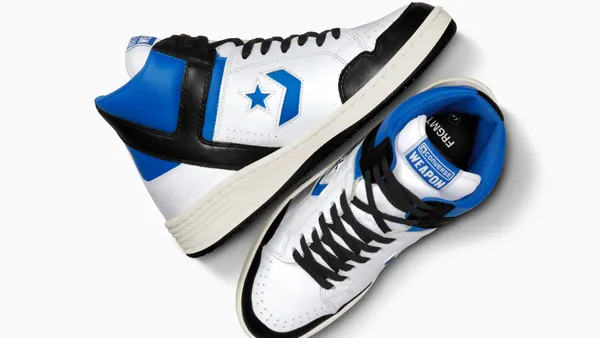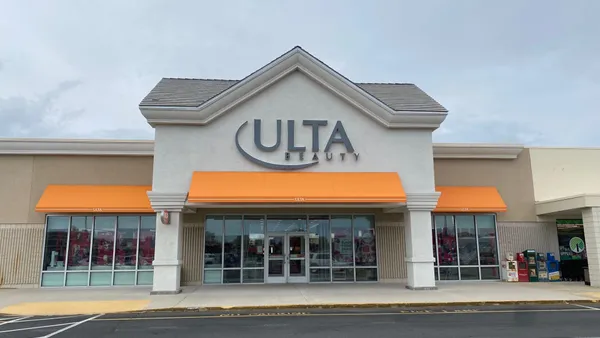Dive Brief:
- Most shoe company executives (87%) expect weaker sales in the third and fourth quarters of this year, according to the latest outlook survey from the industry group Footwear Distributors and Retailers of America.
- As they brace for revenue falls, two-thirds of surveyed executives said they are not planning new hires in the coming months, a reversal from the previous survey showing the same proportion were looking to staff up. In another reversal from previous trends, a majority said they have paused capital expenditures, according to FDRA.
- A third said they expect their inventories to shrink, and nearly half expect shoe prices to decline over the next six months. The share of shoe companies saying their biggest issue was supply chain costs has fallen from more than 60% in Q4 last year to less than 20% in Q2 this year.
Dive Insight:
The good news is that shoe brands and retailers are by and large no longer worried about supply chain costs after a year of disruption on that front. The bad news is, they’re worried about everything else. More specifically, executives now list inflation and behavior shifts as their top concerns.
The survey is a sign that, at least in the footwear sector, price inflation has the potential to reverse its trajectory to some degree, with 43.3% of shoe executives expecting flat to lower pricers on their products over the next six months. That compares to 86% who expected higher prices when surveyed in those faraway days of Q1.
At the same time, most have experienced increased operating costs and expect them to continue rising, though the share of executives anticipating increased costs has fallen from Q1. In an email, FDRA pointed out that falling inventories could portend declines in shipping demand and rates, which could further ease the pain importers have been feeling.
The reversal in shoe executive views in many areas since Q1 tracks with the rapid shift in consumer behavior retailers have noted as food and gas prices eat into household budgets.
After a long scramble to acquire adequate inventory amid strong demand and capacity shortfalls in ocean shipping and areas where factories faced slowdowns or closures because of COVID-19, many retailers now find themselves with too much inventory as demand slumps. That has led to order cancelations, markdowns and moves to rightsize, perhaps most famously at Target.
The sharp downswing in consumer spending also represents a reversal of fortunes for retailers and brands. To take Nike as an example, Credit Suisse analysts led by Michael Binetti noted the key “swing factor” for the shoe brand this year is gross margin. Freight pressure has eaten into Nike’s margins at the same time as its full-price sales mix has fallen from 70% to 65%.
Many face a similar situation. Last year, inventory was tight and consumers were spending, which supported profits even as freight and other supply chain costs were rising. Now costs are still going up but consumers don’t seem able to absorb the price hikes at the levels of last year.













